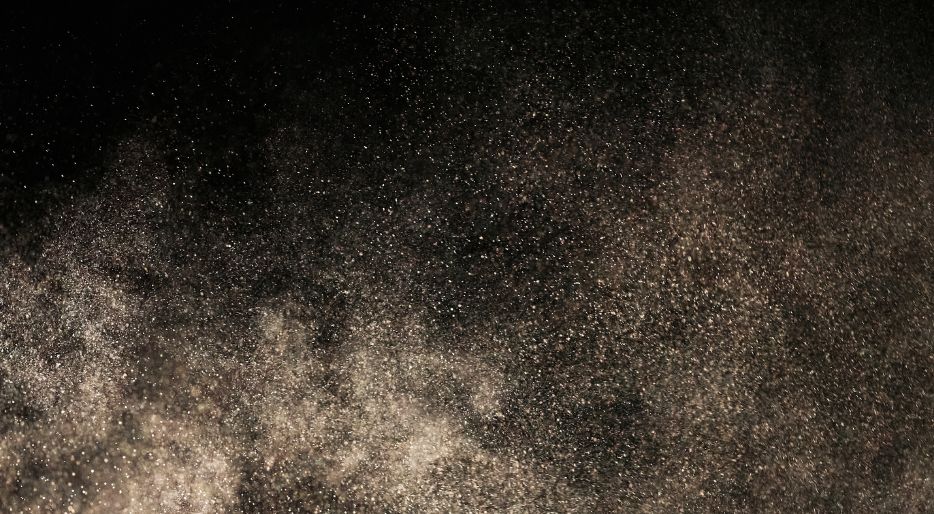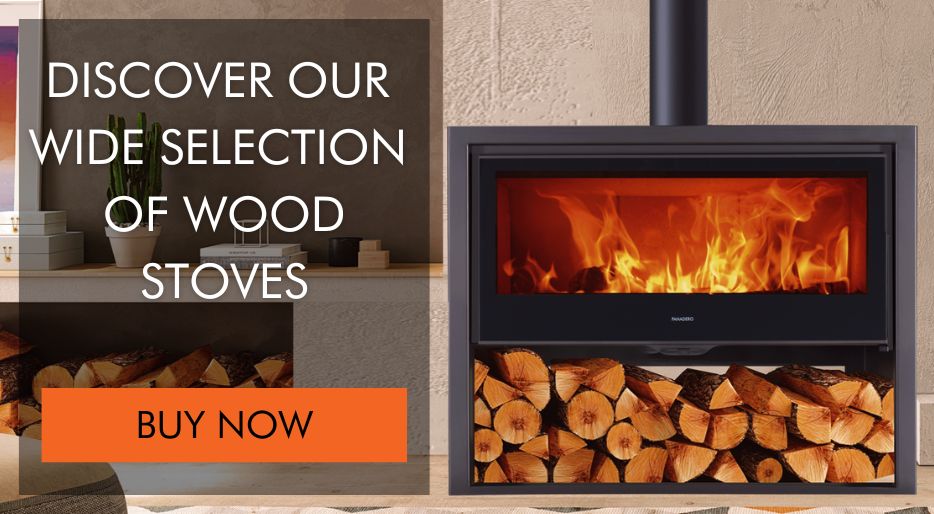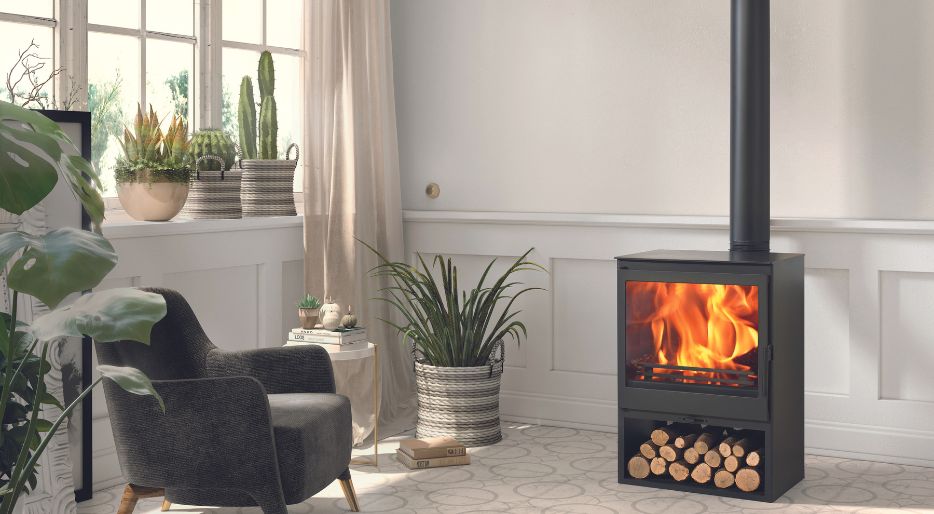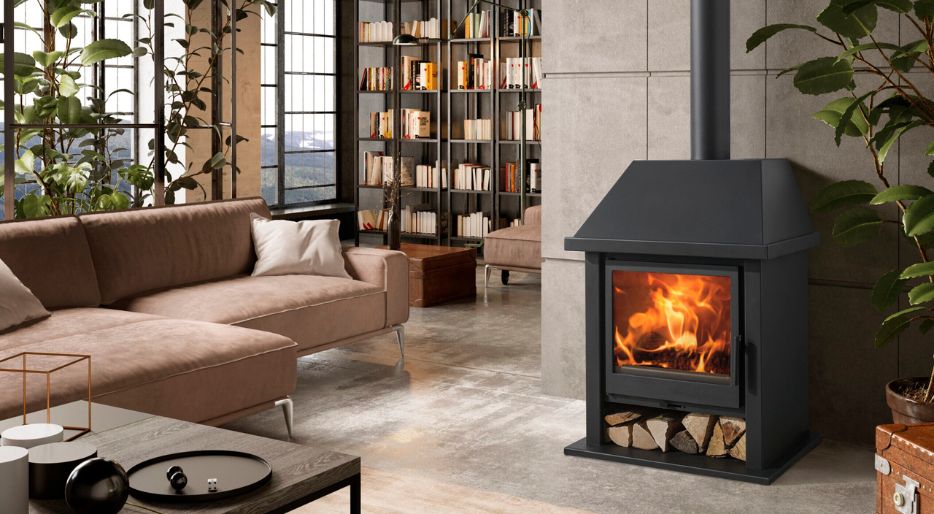Have you ever noticed that, after using your wood stove, dust seems to invade every corner of your home? This is a common problem for those who use wood-burning appliances. While these stoves are an economical and sustainable way to keep a home warm in the colder months, they can also be a major source of dust and particles that can affect indoor air quality and residents’ health.
If you are concerned about dust accumulation in your home, don’t worry. In this post, we present you with practical and effective tips to help you reduce dust in your home… Read on!
Why can a wood stove increase dust in the house?
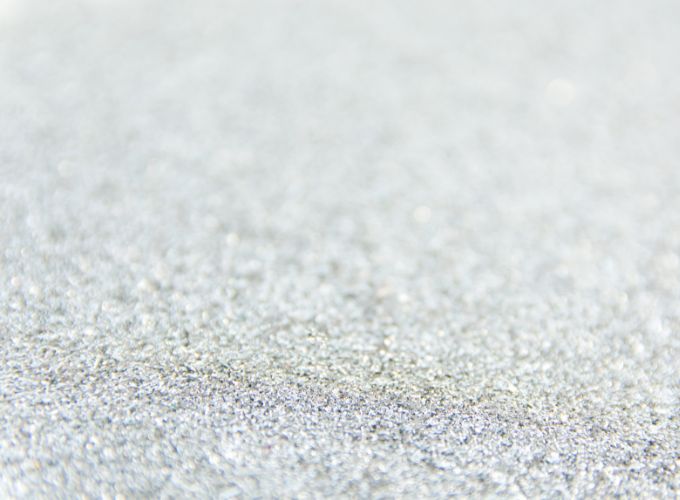
To understand why a wood stove can increase the amount of dust in the home, it is important to understand how a wood stove works.
When wood is burned incorrectly, incomplete combustion occurs, resulting in a large amount of smoke, gases and particulates. These particles are released into the air and can settle on surfaces in the house, resulting in an accumulation of dust.
In addition, the process of loading and unloading firewood can also contribute to dust production in the home. When wood is loaded into the stove, it is common for dust and wood particles to be generated. Similarly, when cleaning up the ash resulting from burning wood, dust may also be generated.
Tips for reducing dust in the home when using a wood stove
Tips for reducing dust in the home:
- Use dry and well stored firewood. Damp or poorly stored firewood can produce more smoke and particles, which increases the amount of dust in the house.
- Clean the stove regularly. Accumulation of ash and other debris in the stove can contribute to dust production in the home.
- Install a high-efficiency air filter. A high-efficiency air filter can trap a large number of airborne particles, including those produced by a wood stove.
- Clean surfaces regularly. Dust generated by a wood stove can settle on household surfaces, including furniture, curtains and floors.
- Use a hoover with a HEPA filter. A HEPA-filtered hoover can trap a large amount of airborne particles, including dust generated by a wood stove.
Additional precautions for keeping a clean and healthy home
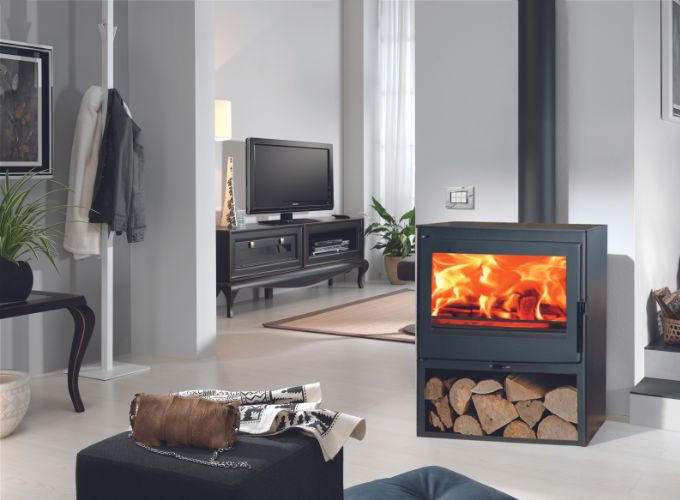
Here are some precautions to keep your home clean and healthy:
- Ventilate regularly: Adequate ventilation is essential to maintain good air quality in the home. Open windows and doors to allow fresh air to circulate and reduce the build-up of indoor air pollutants. This is especially important if you use a wood stove.
- Control humidity: Excessive humidity can encourage the growth of mould and dust mites, which can have a negative impact on respiratory health. Use a dehumidifier to maintain adequate humidity levels in your home and reduce the risk of mould growth.
- Maintain good hygiene: Maintaining good hygiene in the home is essential to reduce the spread of germs and bacteria. Regularly clean surfaces, especially in areas where food is prepared or cleaning products are stored.
- Avoid toxic chemicals: When choosing cleaning products, opt for those that are less toxic and avoid those containing harsh chemicals.
Tips for dusting
In addition to cleaning your appliance, it is also important to keep the rest of the house clean and dust-free. Here are some tips and tricks for effective dusting:
- Use a damp cloth: To prevent dust from spreading in the air, use a damp cloth instead of a dry duster. The damp cloth will trap the dust and prevent it from settling elsewhere.
- Vacuum frequently: Use a hoover with a HEPA filter to suck up dust on carpets, upholstery and floors.
- Use an air purifier: An air purifier can help filter dust in the air, reducing the amount of airborne particles in the home.
- Wash sheets and curtains: Wash sheets and curtains frequently to reduce the amount of dust in the house. Use hot water to kill any dust mites that may be present.
- Maintain adequate humidity: Maintaining adequate humidity in the house can help reduce dust. Use a humidifier in winter to keep the air from getting too dry.
- Clean with white vinegar: White vinegar is a natural and effective dust remover. Mix equal parts water and white vinegar in a spray bottle and use the solution to clean surfaces.
If you have any questions, please feel free to ask us! We hope this post has served as a guide. Take a look at our blog and find solutions and recommendations to help you with your fireplace or wood stove.
Visit our online store for Panadero wood stoves. If you have any questions or need help choosing the right stove, don’t hesitate to contact us. We will be happy to help you.
Articles of interest:
- How to channel the air from a wood-burning fireplace?
- Are wood-burning stove more than a heating accessory?
- Which stove consumes less wood?
- Is it safe to leave the fireplace on while you sleep?
- What are the best wood stoves?
- Is it dangerous to leave a fireplace burning at night?
- Protocol in case of fire with your wood-burning stove
- How to make my fireplace warmer?
Did you like this article? If so, help us spread it 😊 . Click on the buttons below here and feel free to share it on your social networks!
Thank you for reading!
↓ ↓ ↓ ↓
